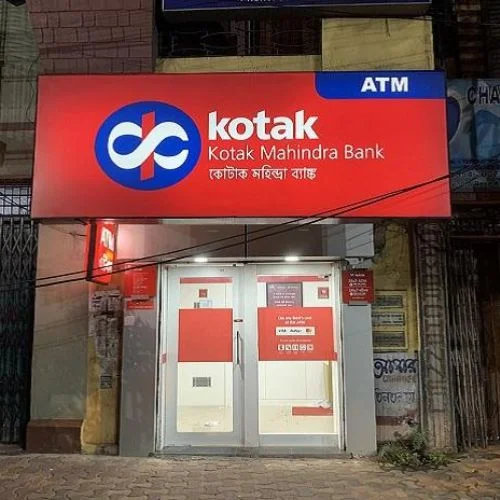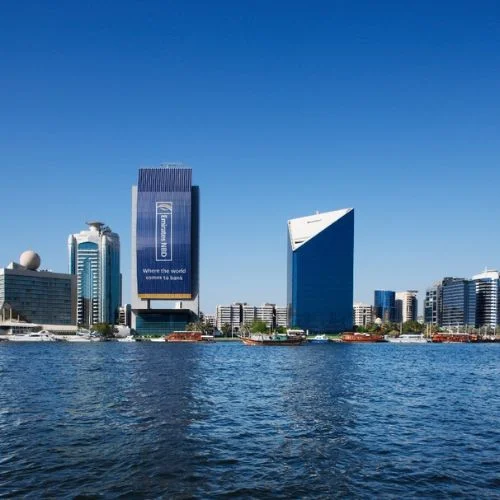Over the past two years, India has faced challenges due to more expensive raw materials and a stronger US dollar, which have soared in tandem. This has led to stagflation risks in commodity-importing developing economies, according to the Bank for International Settlements.
However, India has been cushioned by self-sufficiency in food production, a sizeable foreign-exchange war chest, and a vast software export industry. The country has also benefited from pent-up demand from the urban professional class following the post-Covid-19 reopening.
But despite these advantages, India’s gross domestic product growth slowed to 4.4% in the December quarter, with private consumption increasing by just 2.1%. This has been attributed to a deceleration in spending around major Hindu festivals and a slowdown in investment growth.
The global economy is not expected to provide much help, with tight financial conditions and tepid demand. Concerns in other emerging markets are causing a ripple effect, with a highly disruptive currency ban in Nigeria contributing to likely production cuts at Bajaj Auto Ltd.’s Indian factories. Export volumes at the motorcycle maker hit a 30-month low in January.
Nomura Holdings Inc. predicts that India’s GDP will expand by just 5.3% in the financial year starting on April 1, below the central bank’s forecast of 6.4%. “Overall, India’s growth drivers are slowly fizzling,” economists Sonal Varma and Aurodeep Nandi wrote. The outlook for domestic demand has turned weak, with no end in sight to Russia’s war in Ukraine, China setting a modest annual growth target of around 5%, and some European economies, such as Germany and Italy, forecast to tip into recession.
The Reserve Bank of India has taken measures to control core inflation by reducing pandemic-era excess liquidity and raising the benchmark interest rate by 250 basis points. Another increase of 25 basis points may be implemented next month, with the terminal rate reaching 6.75%. These measures may have unintended consequences for households, as higher borrowing costs lead to increased mortgage payments and tighter budgets. One external member of the RBI’s monetary-policy committee, Jayanth Rama Varma, is concerned about the fragile state of the economy.
The Indian government, led by Prime Minister Narendra Modi, may need to rely on public spending to prevent economic growth from deteriorating. However, the government faces resource constraints, as slower GDP expansion will lead to lower tax collections. Climate change is an additional complication, with heat waves threatening a record wheat harvest. Consumer-staple firms are hoping for an improvement in farm incomes and rural demand, but farmers may not be receptive to higher market rates for fertilizers.
Increasing budget deficits or raising resources through privatization is not a feasible option, given investor expectations and the commercial decisions of the government coming under scrutiny. Despite government incentives of $24 billion over five years, there are few signs of progress in creating factory jobs or reviving manufacturing in the economy. In Uttar Pradesh, male workforce participation fell from 66% to just over 34%, and female participation was only 3.4%.
Opposition parties in power are increasing insecurity among the less affluent by signing up government workers to an old, defined-benefit pension plan, reversing two decades of reforms, and introducing vulnerability to India’s weak fiscal foundations. Stagflation risks may not have had as much of a negative impact on India as its smaller neighbors, but it has still affected 1.4 billion people. It may be time for a credible plan to reverse the damage caused by the pandemic.















